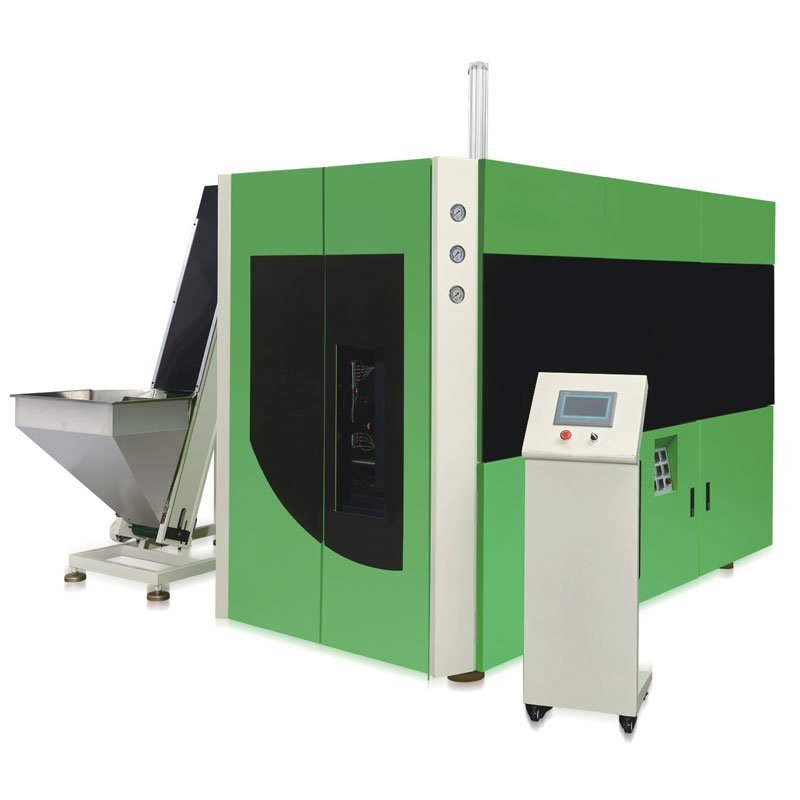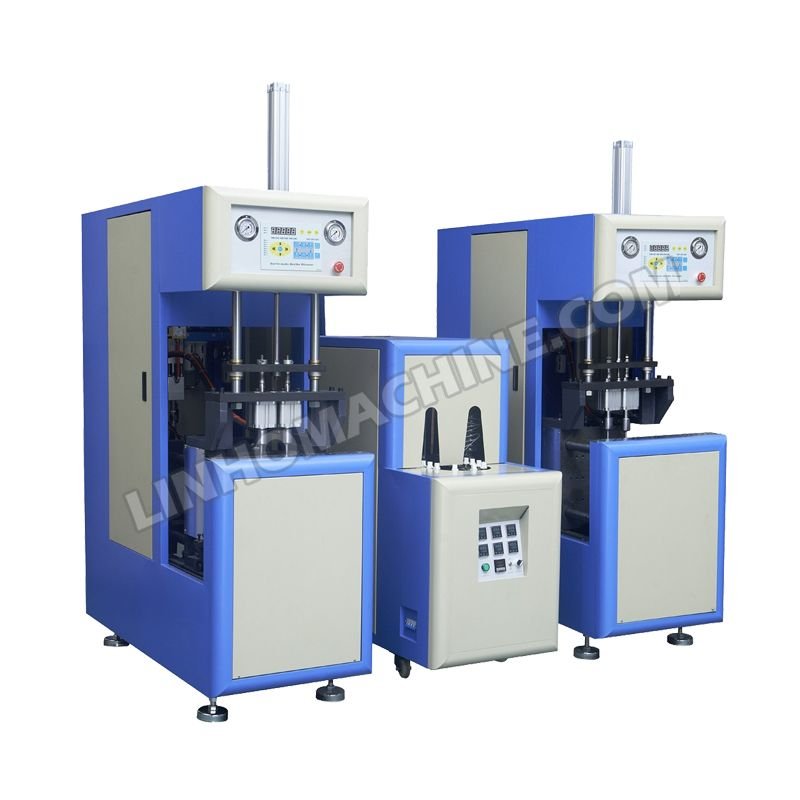In the previous article, we mentioned that the filling temperature of juice filling machine has high temperature filling and low temperature filling. There are many factors to decide which filling temperature to choose. For example, the pH of the juice, the desired shelf life, the formula of the juice, the sales and storage conditions, etc. You can click “How To Choose Juice Filling Machine” to learn more. When we choose high-temperature filling, the filling temperature is generally above 88 degrees Celsius. Such high temperature puts forward higher requirements for the heat resistance of bottles and caps. That is why we need hot filling preforms and caps.
Firstly, Let’s Clarify What Is Preforms And Caps.
Bottle preforms, which are used to make bottles, are generally made of PP or PET.
The preform is tubular with one end closed and one end like a bottle mouth. When making bottles, first heat the preform to soften. After reaching a certain softening condition, the preform is put into the blowing mold and blown with high-pressure gas to obtain a plastic bottle. The shape of the bottle is determined by the mold.
Preforms are measured in g. The size of the bottle, as well as the material used to hold the bottle, the grammage of the preform is different. For example, the grammage weight of a 500ml water bottle is generally 21g, and the gram weight of a 1.5L water bottle is 38g; The preform weight of a 500ml soda bottle is 25g, and the preform weight of a 1.5L soda bottle is 42g; The 500ml juice bottle preform weighs 30g, and the 1.5L juice bottle preform weighs 64g.
The preform is blown into bottles, which is done by a blow molding machine. There are fully automatic and semi-automatic blow molding machines. Users can choose a fully automatic or semi-automatic blow molding machine according to the budget and capacity.

Automatic Water Bottle Blowing Machine
This Linear PET Bottle Blowing Machine Mainly Be Used For Water And Beverage PET Bottle Blowing. Speed From 500bph-6000bph For Various Bottle Shape And Bottle Volume From 100ml-25L.

Semi Automatic PET Bottle Blowing Machine
The Semi-Auto PET Bottle Blowing Machine Is Suitable To Produce From PET, PC, and PP Preform. Speed From 150bph-2000bph For Various Bottle Shape And Bottle Volume From 100ml-20L.
If you are interested in blow molding machines, please contact us for a quotation.
The bottle cap is a plastic product used to seal the bottle, generally using PP.
The cap is a finished product, which can be used by the user after buying it and does not need to be processed.
Secondly, What Is Hot Filling Preforms And Caps
Hot filling is a beverage packaging process that involves filling a hot liquid (such as juices, teas, or other non-carbonated beverages) into bottles or containers. To ensure the successful hot filling of beverages, it’s important to select preforms (the partially formed bottle shapes) and caps that can withstand the high temperatures involved in the process without deforming or compromising the product’s quality and safety.
Preforms for Hot Filling:
- Material: Preforms for hot filling are typically made from PET (polyethylene terephthalate) material. PET is commonly used in the beverage industry due to its excellent clarity, barrier properties, and recyclability. Suitable for hot-filling preforms, they are made of specially treated high-temperature resistant PET.
- Design: The design of the preform should consider the expansion that occurs when hot liquid is filled into the bottle. Preforms intended for hot filling may have specific design features, such as thicker walls at the base, to accommodate the thermal expansion and prevent deformation during the process. Therefore, for making bottles of the same size, hot-filled preforms will be heavier than cold-filled preforms.
Caps for Hot Filling:
- Material: Caps for hot filling are typically made from materials that can withstand the high temperatures without warping or affecting the product. Common cap materials include PP (polypropylene) or HDPE (high-density polyethylene), both of which have good heat resistance properties.
- Liners: The caps may include liners that provide an effective seal and barrier against contamination. Induction heat-sealed liners or foam liners are often used to enhance the seal and tamper-evident features.
- Design: Caps for hot filling should have a design that allows for efficient sealing and tamper-evident features. Some caps might include a venting system to release excess pressure during cooling to prevent vacuum formation.
- Compatibility: Caps should be designed to match the neck finish of the corresponding preforms and provide a secure closure that prevents leaks and contamination.
- Tightness: Caps used for hot filling need to be tightened securely to ensure proper sealing. This is especially important as the liquid cools and contracts, potentially creating a vacuum inside the container.
It’s essential to work closely with packaging suppliers and manufacturers to select preforms and caps that are specifically designed and tested for hot filling applications. Proper testing and quality control measures should be conducted to ensure that the selected preforms and caps can maintain their integrity, maintain product quality, and meet regulatory standards throughout the hot filling process and the product’s shelf life.


